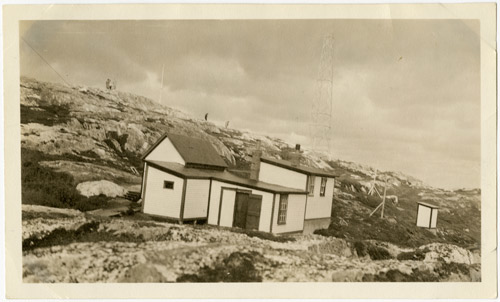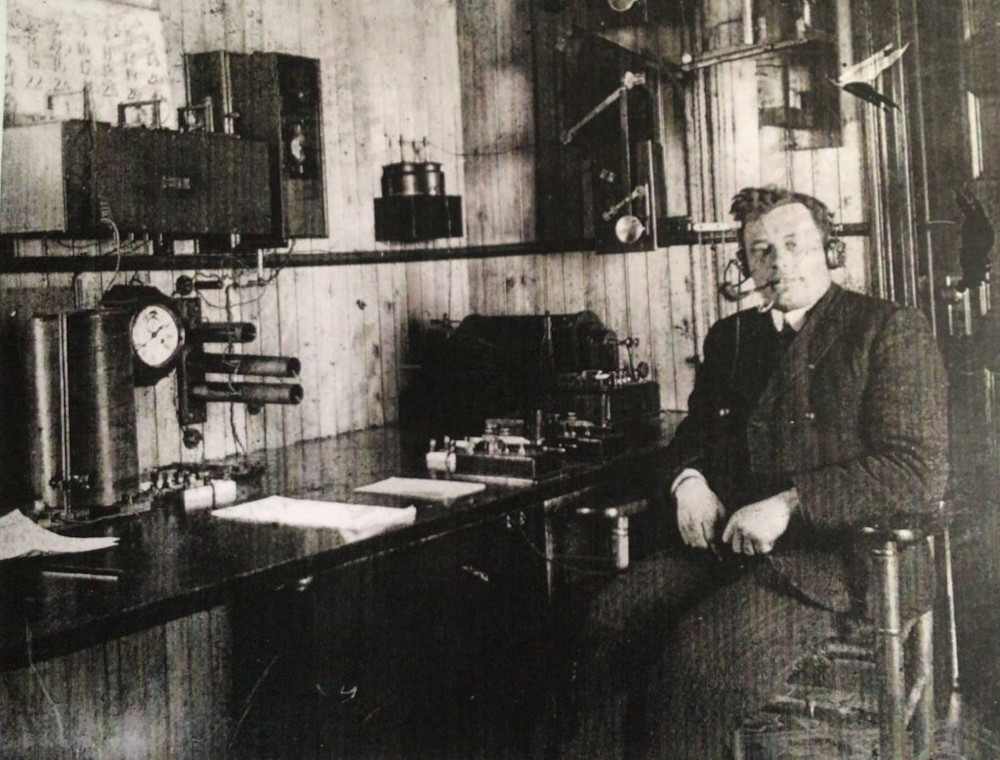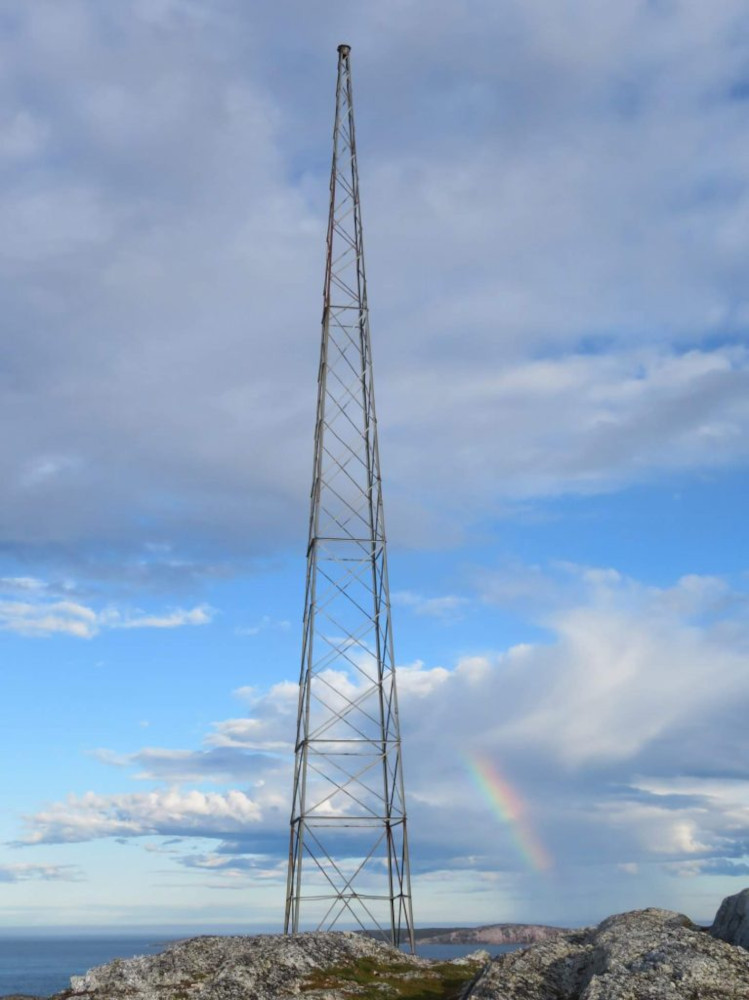Battle Harbour
The best documented Labrador wireless station is the one at Battle Harbour, a small island off the coast of Labrador. The government of Newfoundland built it in 1906. Its role was to relay messages between the stations in Newfoundland and those in Labrador. Unfortunately, weather conditions prevented the Battle Harbour station from being able to access the full range that its equipment was capable of. For example, it could receive messages from the Fogo Island station but it could not respond unless the weather was clear.
As a result, the Battle Harbour station would receive messages from the rest of Labrador and send them on to the Belle Isle station. The Belle Isle station, however, was controlled by the government of Canada. It did not always send on the messages from Labrador. And that, too, was a source of great tension between the two nations.
The First World War
The situation only got worse with the start of the First World War. Canadian military operations took over the Belle Isle station and their communications took up most of the station’s time. They refused to pass along any Labrador messages.
The CMC proposed a major upgrade to the Battle Harbour station in 1917. It would allow the Battle Harbour station to communicate directly with Newfoundland, bypassing Belle Isle. Unfortunately, the proposal was denied. The upgrade did not happen until 1921.
The Battle Harbour station served the public for almost 60 years. One notable event occurred in 1909, when Admiral Robert Peary returned from his journey to the North Pole—the first recorded trip to the pole in history. He announced his success to the world via wireless radio from Battle Harbour.
The station closed in 1960. Its equipment was sent to a long-range navigation station near White Point, Labrador. The government of Newfoundland and Labrador decommissioned the station building in 1980.




